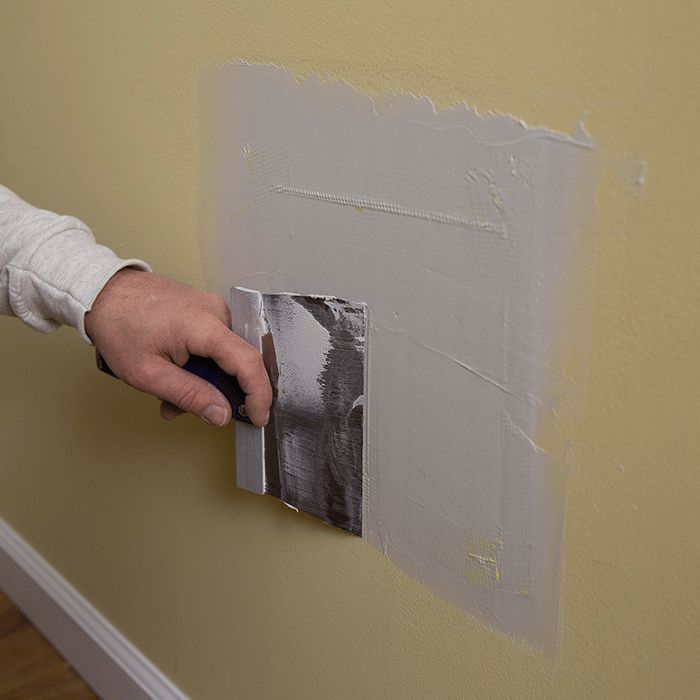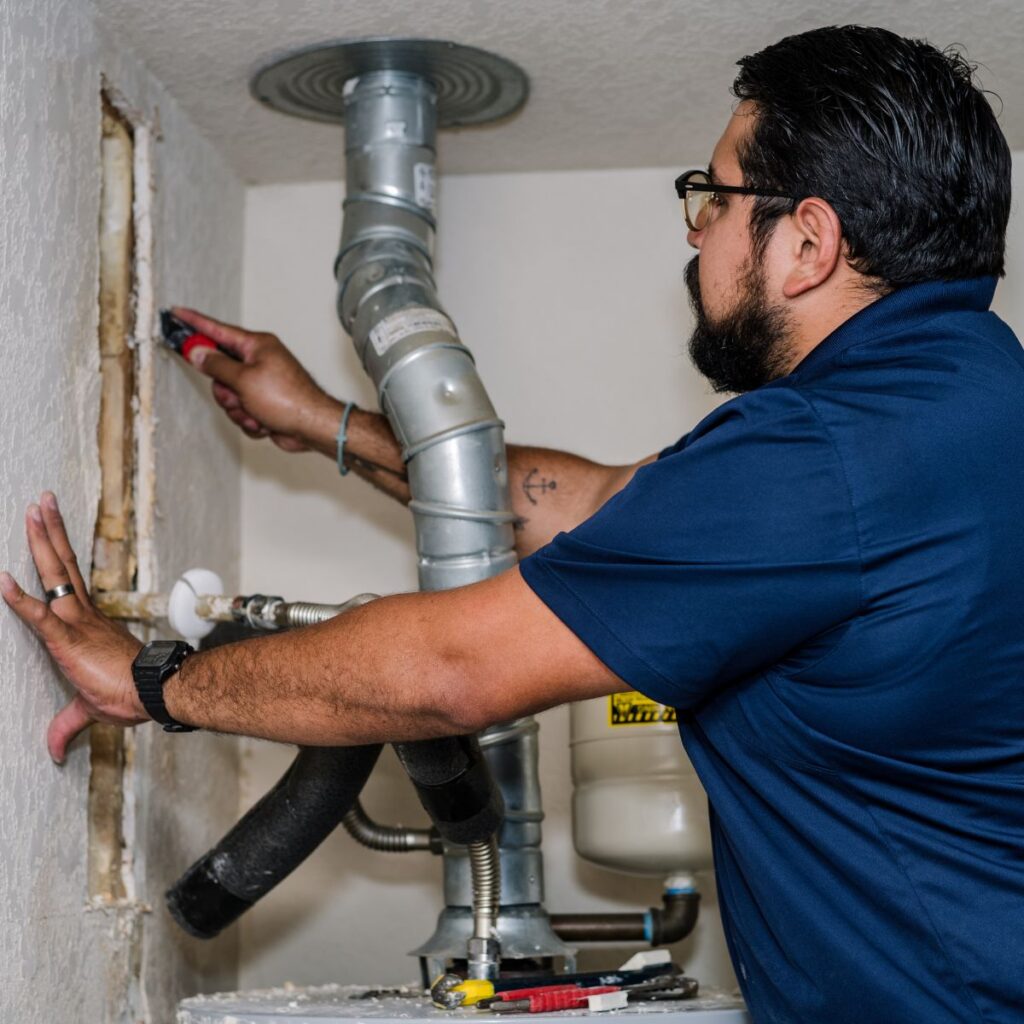A Comprehensive Overview to Learning Drywall Repair Work and Setup
This guide uses a thorough expedition of drywall repair work and installation, providing to both beginners and experienced experts. It describes essential tools, methods for patching and hanging sheets, and the vital finishing processes. Drywall Installation Ogden Utah. By recognizing usual risks, individuals can achieve sleek results. Grasping these skills not just boosts one's home however likewise develops self-confidence in do it yourself endeavors. What foundational pointers will assure an effective project from beginning to end?
Important Devices for Drywall Repair Work and Installation
When beginning on drywall repair service and installation, a couple of essential devices can greatly improve the performance and quality of the work. A drywall blade, typically offered in different sizes, is crucial for using joint substance and smoothing seams. A taping knife is also required for feathering sides and making sure a seamless finish. Additionally, a drywall saw or energy knife permits precise cutting of drywall sheets to fit any space.

Step-by-Step Guide to Patching Holes
Covering holes in drywall is a simple process that can bring back the wall's look and stability. To begin, the location around the opening must be cleansed and any kind of loose debris removed. For tiny openings, a straightforward spackle or joint substance can be used with a putty blade. Larger holes might call for a spot; a piece of drywall can be cut to fit the hole, safeguarded with sticky or screws, and after that taped around the sides. As soon as the spot is in location, joint compound is used over the spot and feathery out to blend with the surrounding wall. After the substance dries, fining sand is essential to accomplish a smooth finish. The repaired area can be primed and painted to match the rest of the wall. This approach assures a smooth repair, improving the general appearance of the drywall and preserving its architectural stability.
Strategies for Hanging Drywall Sheets
After successfully fixing holes in drywall, the next action includes hanging new drywall sheets to develop a smooth surface. To accomplish this, one have to start by measuring the wall space accurately and reducing the drywall sheets to fit. It is crucial to hang the sheets horizontally for better structural integrity, beginning with the top and functioning downwards.
Utilizing a drywall lift can streamline the process, particularly for ceiling installations. When placed, securing the sheets with drywall screws at periods of regarding 12 inches along the edges and 16 inches in the field is vital. This ensures a firm hold and lowers the threat of sagging. For corners, the sheets ought to be reduced to fit comfortably, permitting cleaner joints. Finally, it is recommended to stagger the joints in between sheets to enhance the overall framework, creating a more sturdy coating ready for the next phase in the drywall installment process.
Ending Up Touches: Taping and Mudding
Completing the drywall installation entails the important steps of taping and mudding, which assure a smooth and polished coating. Insulation calls for the application of joint tape over the seams between drywall sheets. Drywall Installation Ogden Utah. This tape can be either paper or fiberglass harmonize, with each type offering special advantages. After taping, the following action is mudding, where joint compound, or "mud," is related to cover the tape and fill any imperfections
Utilizing a drywall knife, the substance needs to be spread out uniformly, ensuring a feathery side to minimize visible adjustments. Multiple coats are often essential, with sanding more info in between each layer to attain a smooth surface. Careful focus during this process is vital, as it considerably influences the last appearance of the wall. With the best strategy and perseverance, the end outcome will be a flawless structure all set for painting or completing touches.
Common Blunders to Stay Clear Of in Drywall Projects
:strip_icc()/how-to-patch-drywall-gray-wall-aadf75af0f5d4ec19704a770bd84efc2.jpg)
Another usual error is not allowing sufficient drying time between layers, which can trap wetness and jeopardize the surface. Disregarding to feather the sides effectively can develop visible lines and flaws. Avoiding sanding or making use of inappropriate strategies may leave harsh places. By knowing these mistakes, individuals can substantially improve the quality of their drywall tasks and achieve a professional-looking finish.
Frequently Asked Questions
Can I Fix Drywall Without Professional Aid?
Yes, one can fix drywall without expert aid. With the right tools, materials, and advice, people can successfully take care of small repair work. Considerable damage may call for specialist knowledge for excellent outcomes and durability.
The Length Of Time Does Drywall Compound Require To Dry?
Drywall compound normally takes in between 24 to 48 hours to dry totally, depending upon elements such as moisture and temperature. Thinner layers may dry quicker, while thicker applications call for more time for perfect results.
What's the very best Kind Of Paint for Drywall?
The very best type of paint for drywall is usually a water-based latex paint. It supplies superb insurance coverage, durability, and ease of application, making it perfect for indoor wall surfaces while enabling very easy cleaning with soap and water.

How Do I Protect Against Mold And Mildew on Drywall?
To stop mold on drywall, guarantee appropriate air flow, control moisture levels, use mold-resistant products, and without delay resolve any leaks. Routine evaluations and instant remediation of water damage are likewise crucial for long-term prevention.
Is Drywall Recyclable After Removal?
Drywall is recyclable after removal, gave it is devoid of contaminants like mold, paint, or other harmful materials. Recycling facilities can process it right into new items, advertising sustainability and minimizing garbage dump waste in building.
When starting on drywall repair work and installation, a couple of important devices can considerably improve the effectiveness and high quality of the job. After effectively repairing holes in drywall, the next action involves hanging brand-new drywall sheets to develop a seamless surface. Finishing the drywall setup involves the vital steps of mudding and taping, which guarantee a smooth and sleek finish. Attaining a sleek surface in drywall jobs can be tough, and a number of typical blunders can undermine the high quality of the job. Yes, one can repair drywall without expert assistance.